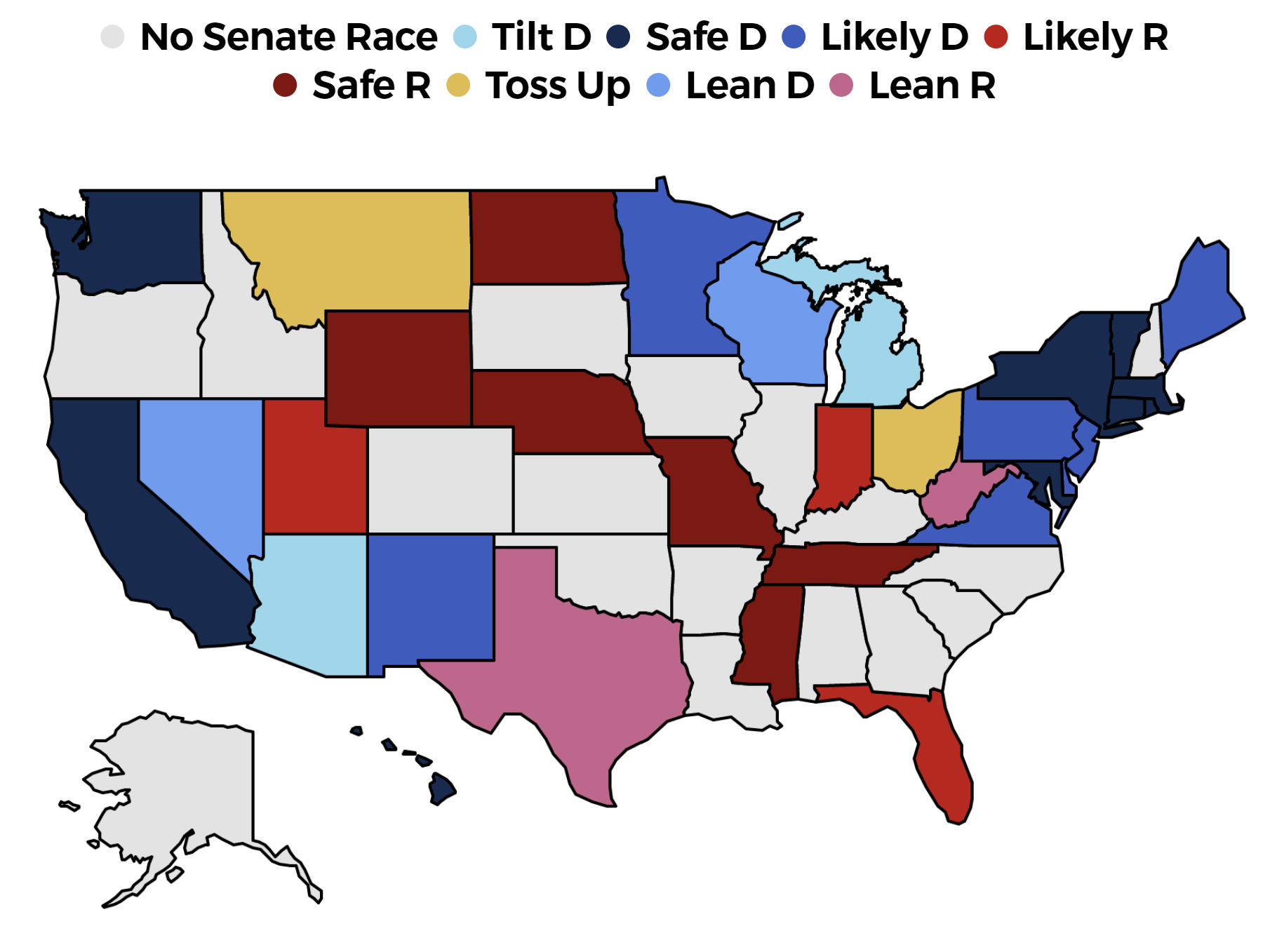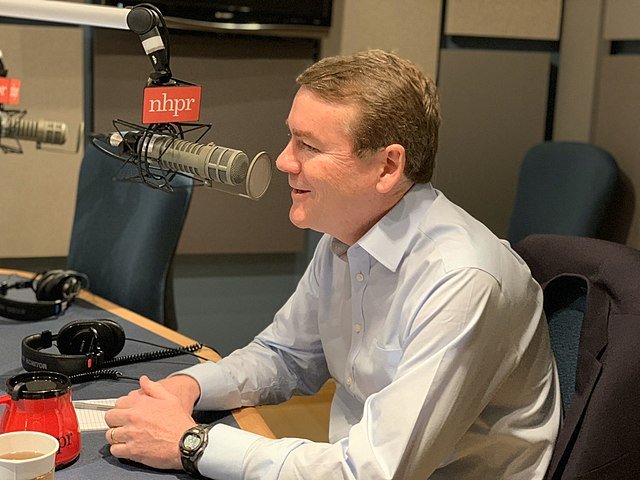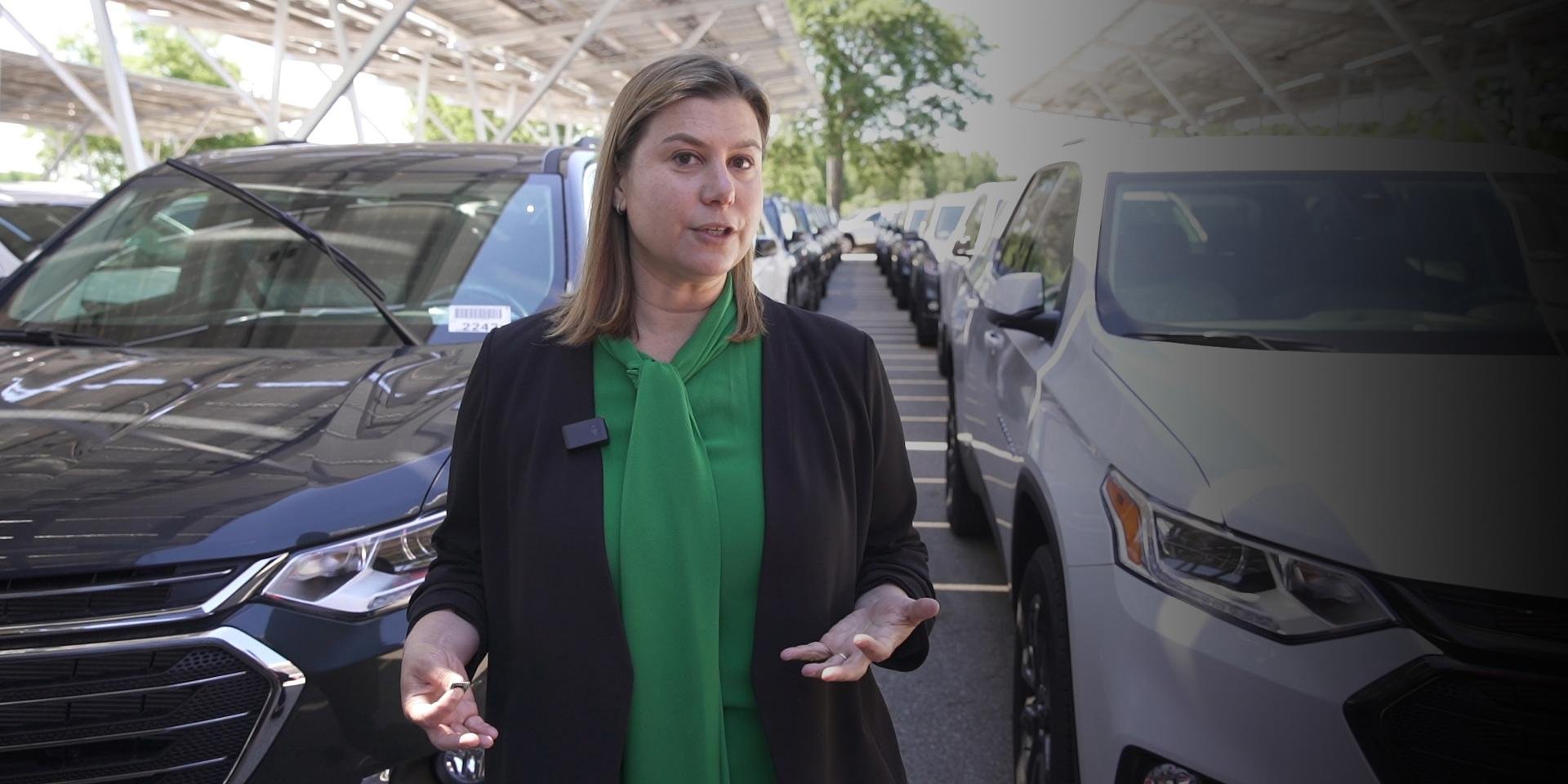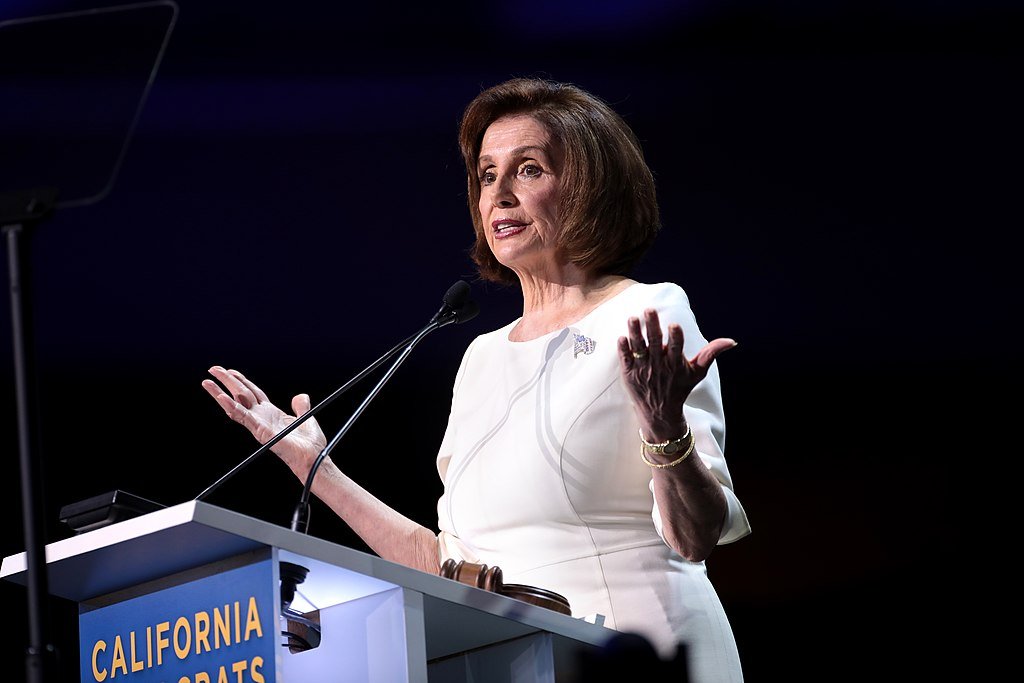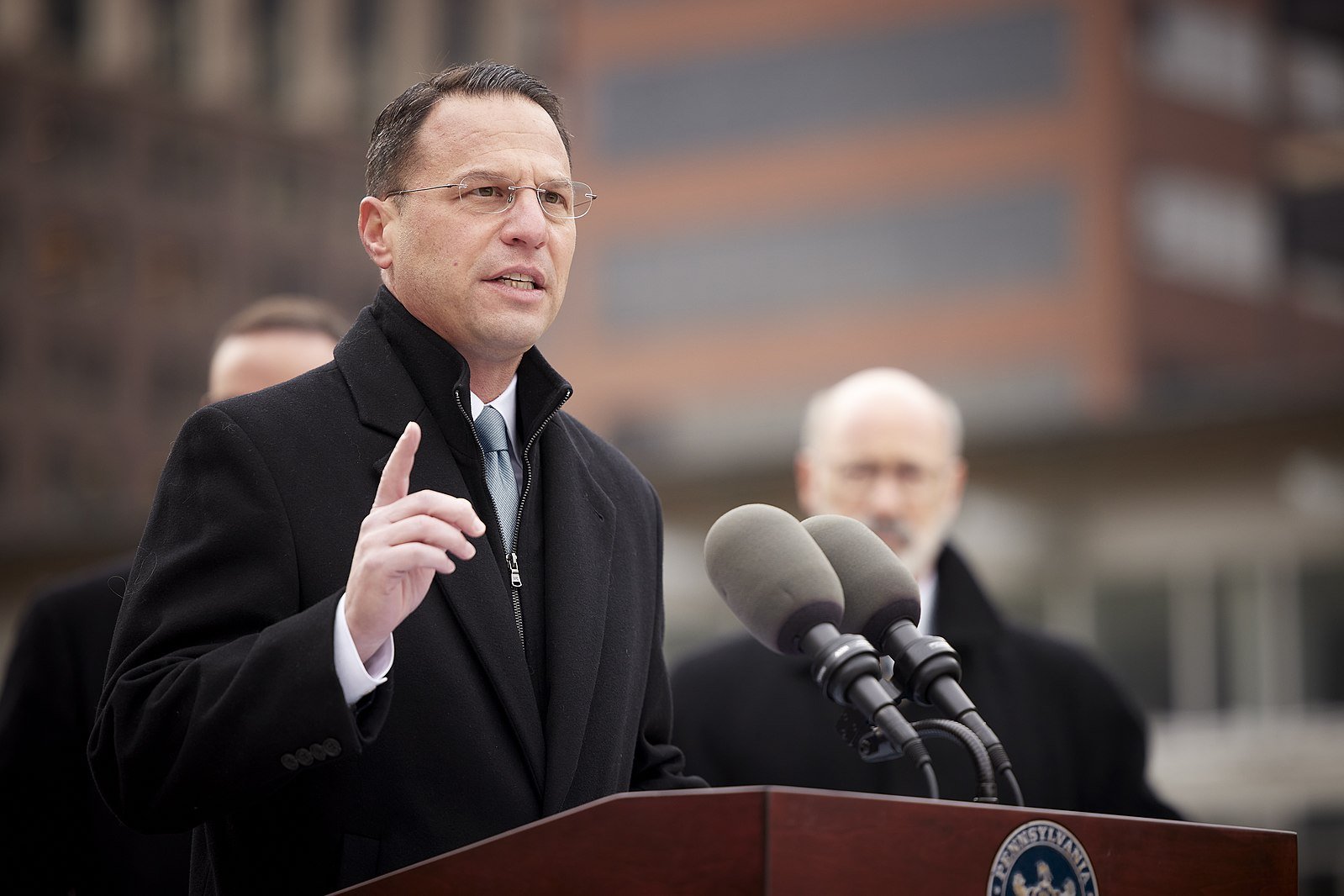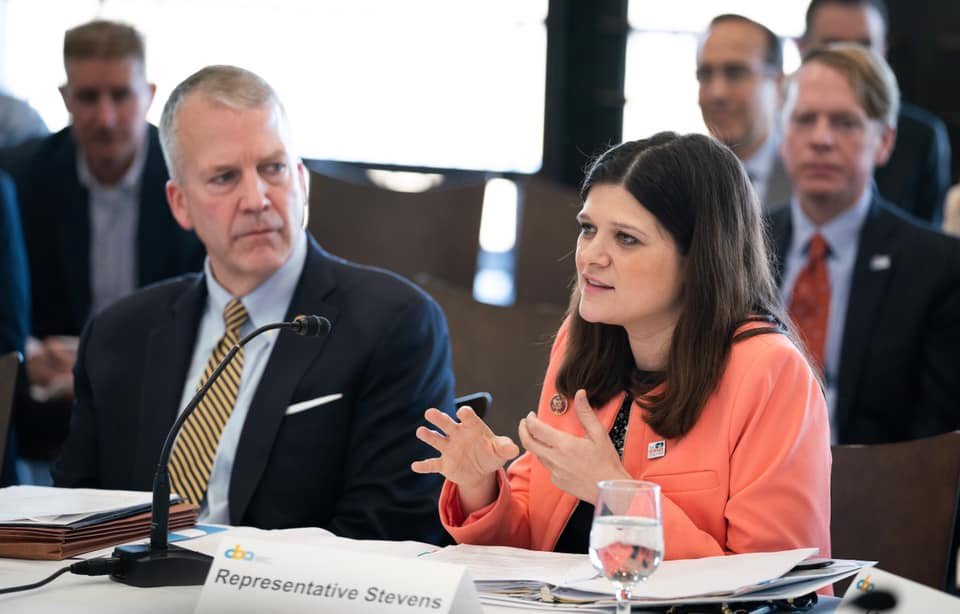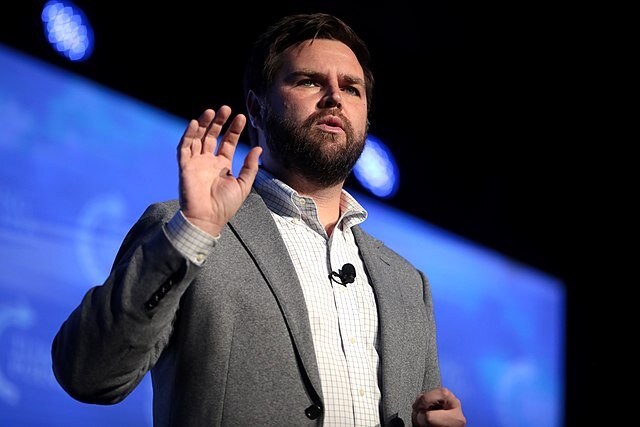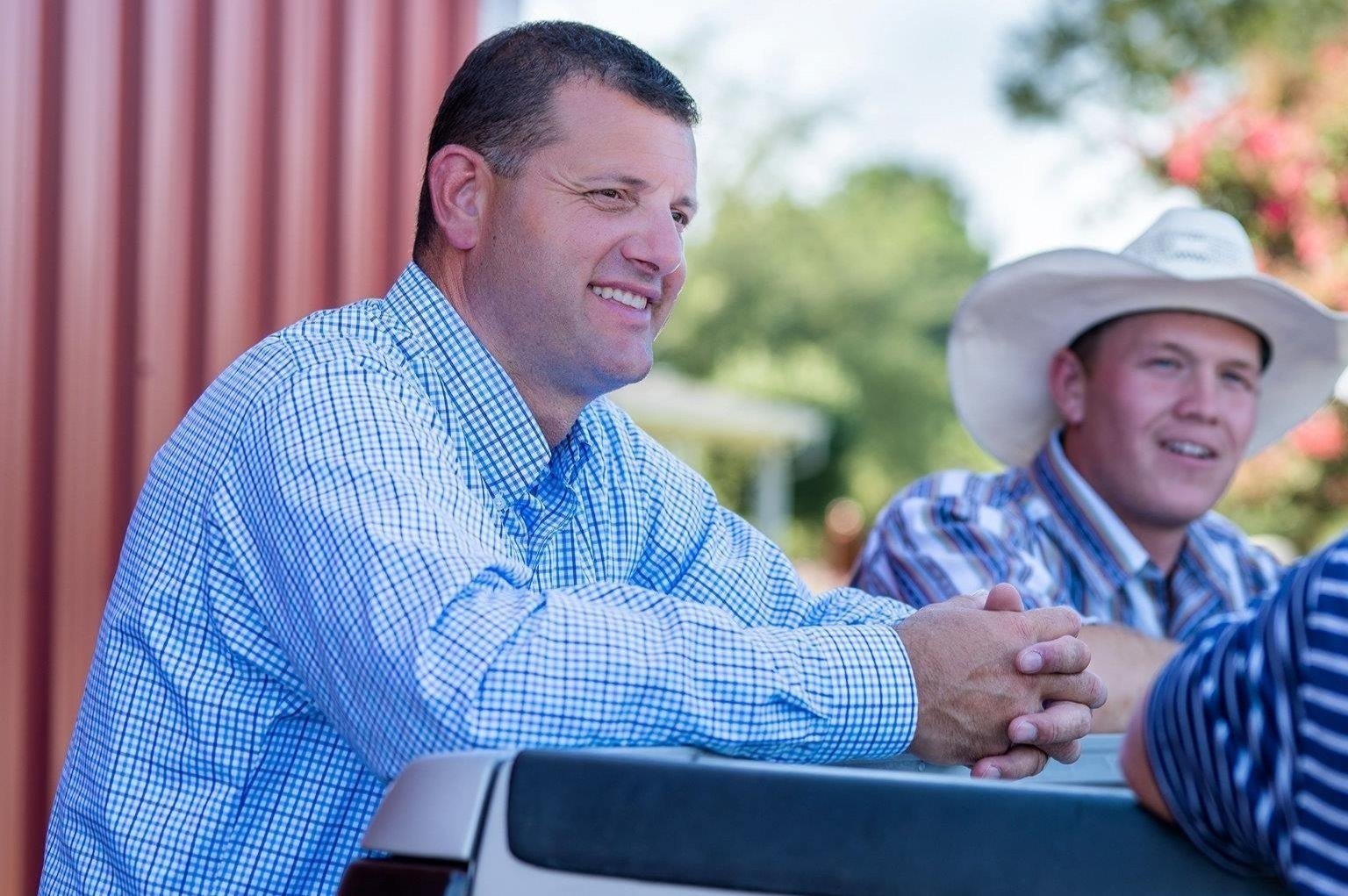At long last, it’s Election Day in Ohio. Will JD Vance Win the Senate Nomination?
Photo Credit: US Congress
By: Logan Phillips, Editor In Chief
Date: May 2nd
At long last, it’s finally election day in Ohio, and we will now have the first major primary showdown of the 2022 election cycle. Republicans are locked in a tight competition for the right to face the almost-certain Democratic Nominee, Tim Ryan, in a contest for the open Ohio Senate Seat.
Less than a month ago, JD Vance’s campaign was failing to pick up support after months of sustained fire from his opponents, particularly Josh Mandel and Mike Gibbons. They had accused him of being anti-Trump, because he voted for Hillary Clinton in 2016. However, Donald Trump’s recent endorsement changed the game for Vance.
While Trump's endorsement has not been as meaningful as expected in many other marquee primaries, it has changed the dynamics of the Ohio race. It gives Vance cover and lowered the potency of the attack ads claiming he wasn’t supportive enough of Trump.
Now, Vance enters election day as the frontrunner, leading the field in polling. However, Vance has not been able to separate himself entirely from the field, and nipping at his heels is Josh Mandel, the former Treasurer for Ohio. Mandel's close enough that no one should be surprised if he finished ahead.
Matt Dolan has blanketed the airwaves with ads in the closing weeks of the election, and it has fueled his surprising late surge. This is one of the ads he’s running in Ohio.
The wildcard factor is Matt Dolan, who has had a truly remarkable turnabout at the 11th hour. Though he had been firmly in fifth place for almost the entirety of the campaign. Dolan outraised the competition and sat on an enormous war chest of campaign funds that he has let loose in the last few weeks. Dolan has the benefit of being one of the only candidates to have escaped being tarnished by negative attack ads, because his opponents didn’t taken his candidacy seriously.
In retrospect, it’s possible that could be a deadly mistake, because Dolan has skyrocketed into third place, surging at an even faster pace than JD Vance. Now, he has a viable shot at winning in an upset. His rise is reminiscent of Andrew Gillum’s in the Florida Democratic Governor Primary in 2018, or Rick Santorum’s in the Iowa 2012 Caucus. Both surged so close to the finish that they probably would have lost the election if it was held even a few days earlier.
It would be a statement victory, as JD Vance represents the more traditional style of Ohio Republicans – conservative, but moderate in language and respectful in tone. That’s quite the contrast to Mandel and Vance, who have gone to great lengths to try to win Trump’s endorsement and embraced his style and tone on the campaign trail.
Banker Mike Gibbons has a very outside chance of pulling off an upset as well. He was recently leading in the polls, but he was unable to stay on top after he became caught in the crossfire of attack ads from Mandel, Vance, and associated groups.
Primary Forecast
For the very first time, we are now running a primary forecast for the major primary elections of the 2022 cycle, starting with Ohio! The day before election day, we’ve got JD Vance as the favorite with a 50% chance of winning. Josh Mandel and Matt Dolan are both serious contenders with a 20-25% chance of an upset.
You can follow our primary forecast for Ohio here. Make sure to check in throughout the day tomorrow as well, as it will be updated until the polls close. One of the factors we use in the forecast is google trends, which shows which candidates are being looked up the most in Ohio before they vote. It’s a valuable part of the forecast, and we’ll update it every few hours.
Keep in mind that this is just the first primary, and we are also running a forecast for the PA Senate race, which will happen in a few weeks. We're also running forecasts for the Georgia Governor Race and the Arizona Senate Race, and the Wisconsin Senate Primary forecast will be added by the end of the week. Our Senate Primary Forecast model is more experimental than our general election forecast, but it did successfully call over 94% of the primaries that we tested it on.
Here’s how the Primary Forecast works:
First, and most importantly, we use polling for the primary. We developed a polling average, which weighs polls based on the pollster’s historic accuracy, recency, and sample size. Far more than in general elections, we give extra weight to polling from the last few days, as voters often change their minds in the closing days of a primary election. We also correct for bias for internal polls, which are worth half as much on average.
Next, we factor in a candidate’s momentum in the polls. Any gains or losses they’ve had in the last 7 days are amplified by 15%, as polling is a snapshot of what voters felt a few days ago. Often, polls fail to fully capture a late surging candidate, like Rick Santorum in the 2012 Iowa Caucus, and we’ve found that a modest momentum boost slightly improves the accuracy of the model.
Earlier on in the primary, polling can be capped at only 60%. However, today, it makes up 84% of our projection for every candidate.
The rest of the forecast is divided into four areas:
1. Fundraising
2. Experience
3. Google Trends
4. Endorsements
Fundraising
Money can’t buy you an election, but it sure can help. It’s far more impactful in primaries than in general elections. In a general election in a deeply red district, for example, voters who overwhelming lean towards Republicans are likely to support the Republican, even if they never hear from them and the Democrat is airing millions of dollars’ worth of ads.
However, in primaries with no incumbent, voters aren’t divided by party lines. They’ve often never even heard of many of the major candidates, and they won’t vote for someone if they never hear their campaign pitch. Strong fundraising, therefore, has considerable predictive value, because it enables a candidate to get their message out, counter-attack ads, and mobilize their supporters to the polls.
In our forecast, we factor candidates' performance in fundraising relative to the rest of the field. We track their success in raising
1. Total Donations
2. Individual Donations (fundraising excluding self-funding and PACs
3. The Money They Have Left to Spend
Fundraising
Money can’t buy you an election, but it sure can help. It’s far more impactful in primaries than in general elections. In a general election in a deeply red district, for example, voters who overwhelming lean towards Republicans are likely to support the Republican, even if they never hear from them and the Democrat is airing millions of dollars’ worth of ads.
However, in primaries with no incumbent, voters aren’t divided by party lines. They’ve often never even heard of many of the major candidates, and they won’t vote for someone if they never hear their campaign pitch. Strong fundraising, therefore, has considerable predictive value, because it enables a candidate to get their message out, counter-attack ads, and mobilize their supporters to the polls.
In our forecast, we factor candidates' performance in fundraising relative to the rest of the field. We track their success in raising
1. Total Donations
2. Individual Donations (fundraising excluding self-funding and PACs)
3. The Money They Have Left to Spend
Google Trends
The third factor is Google Trends. This is more heavily weighted in the last few days of the campaign. Essentially, we look at how many voters in Ohio will be looking up each of the candidates. Early on in the campaign, when a candidate is getting searched at a higher than expected rate, it can sometimes be the first sign of an incoming polling surge.
In the last moments of the campaign, it is a sign that voters are seriously thinking about voting for them, and want to learn more information before they make their decision. On election day, Google Trends is 4.2% of the projection.
Endorsements
Endorsements measure how much support the candidates have from influential political figures and groups in the state. We give more credit to endorsements from local politicians – 50 points for a Senator in the state, and 8 points from a Senator from anywhere else. Former President Trump’s endorsement is the most influential and is worth 150 points.
Endorsements are much more influential earlier in the primary, but they become worth just 2% by election day. By then, their impact should already be represented in the polling. We temporarily raised its influence by 300% in the immediate aftermath of Trump’s endorsement of JD Vance in anticipation of a polling surge, but now its shrunk back to its normal weight.
Simulation
We use those five factors (polling, fundraising, experience, google trends, and endorsements) to make an overall projection for each candidate. We also determine how much uncertainty there is in the race, or how far we think the projections could be off. This is affected by how far away we are from election day and how much the race has changed in the last few days. There’s more uncertainty for candidates projected to earn higher levels of support
In Ohio, the uncertainty is particularly high for JD Vance and Matt Dolan, because their polling has surged so much in the closing week. We think there is a higher-than-normal chance that they both overperform and underperform their projections by wider margins than the rest of the field.
We use that data to simulate the election 10,000 times for every update using something called a normal distribution. Our forecast tracks how often each candidate wins, and that becomes their projected chance to win on election day.
We now have an internal primary forecast for every major Senate race, and we'll be releasing interactive primary pages for the most important races over the next few weeks as we get deeper into the primary election season.
For our full projections for Ohio, click here. Be sure to also explore our projections for the general election in the Senate.

